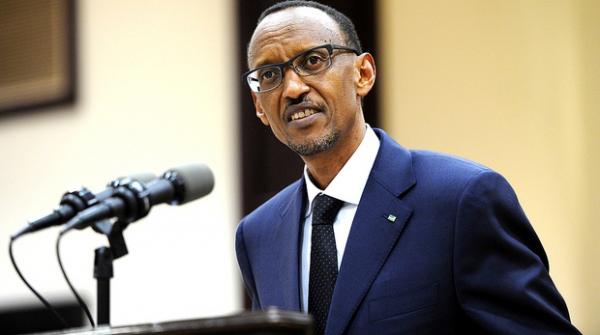Sao Tome and Príncipe is the second smallest country in the Organisation of African Unity composed of two inhabited islands, situated near the equator.
Sao Tome and Príncipe, officially known as the Democratic Republic of Sao Tome and Príncipe, is a Portuguese-speaking island nation in the Gulf of Guinea, off the western equatorial coast of Africa, named after the country’s Sao Tome and Príncipe islands.
Having gained its independence from the Portuguese in 1975 after the government’s decision to dissolve all the Portuguese colonies. This beautiful paradise islands of Africa, became one of the first African countries to establish a true democracy with multi-party system in 1990.
Culturally, Sao Tome and Príncipe is a Luso-African creole nation inhabited by the descendants of African people who were brought to work on the Island’s plantations.
Language
The people from the two Islands speak Luso-African creole derived from the languages that were spoken by their African ancestors who were brought to the islands by the Portuguese, mixed with many words from Portuguese language.
Did you know that;
- The country celebrates its Independence every year on the 12th of July.
- Most of Portuguese colonists fled when the country gained independence in 1975
- The country’s strategic location at the heart of the Gulf of Guinea has been an important factor in the island’s history and culture.
- Sao Tome and Príncipe, has a young population, with the majority under the age of thirty.
- The country has always been an agrarian society with settlements in small holdings and concentrations of laborers in widely dispersed plantations.
- Since its independence in 1975, there has been a trend toward urbanization, with 44 percent of the population now considered urban and 60 percent of the population living near the capital






